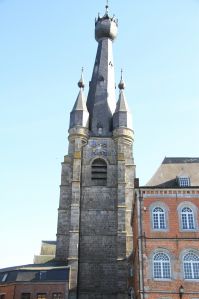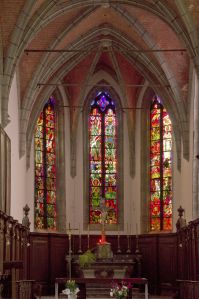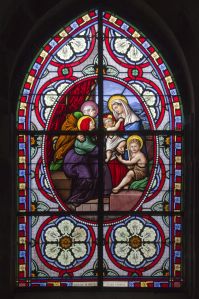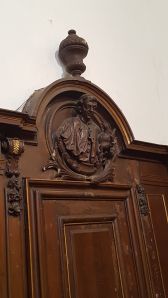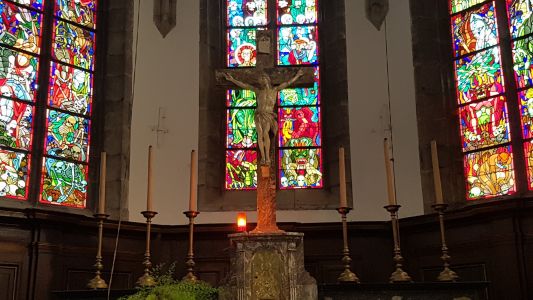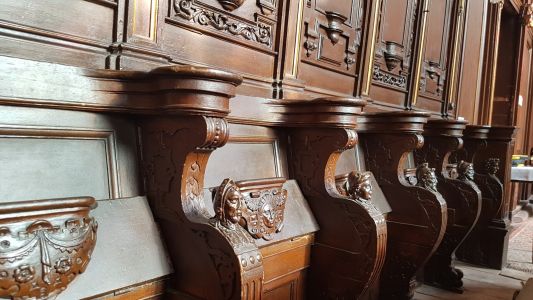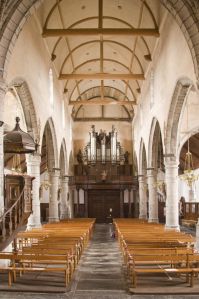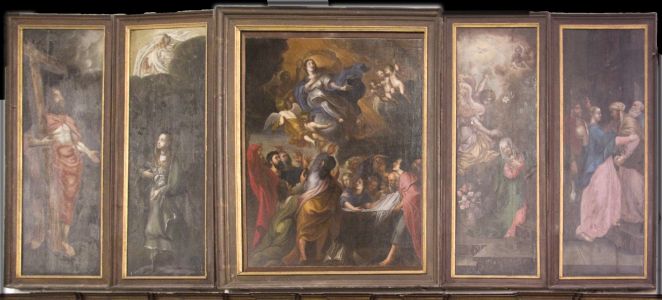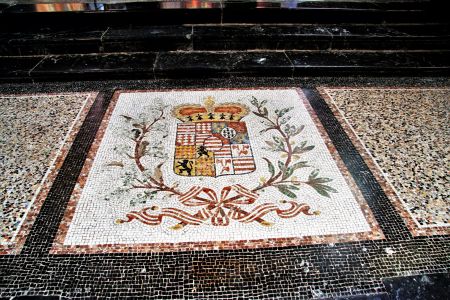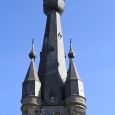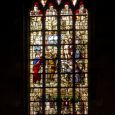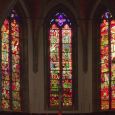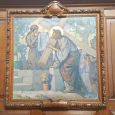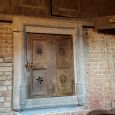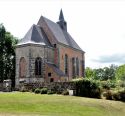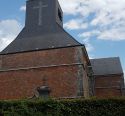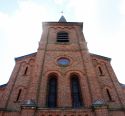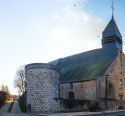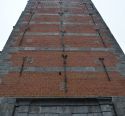Church | XVI-XVII | Gothic, Renaissance, Art nouveau | Catholic Church


Map
Opening hours
01 January - 31 December
Mon 9.00 - 18.00
Tue 9.00 - 18.00
Wed 9.00 - 18.00
Thu 9.00 - 18.00
Fri 9.00 - 18.00
Sat 9.00 - 18.00
Sun 9.00 - 18.00
Work scheduled for 2024: renovation of the roof frame and slate roof and restoration of the stained glass window.
During the works, the church will remain open. However, visits to the bell tower will be suspended.
Description
Situated on the main square of the town, the church is built of blue stone from Avesnes, and is a classified Historical Monument. Built during the 15th, 16th and 17th centuries in the gothic style, it also preserves a few older elements. Its portal, a remarkable gothic doorway in the late gothic style, is open on three sides. Once the doors have been passed the church reveals itself entirely, vast and luminous.
It is necessary to look up in the nave, to see the barrel vaulting, and to admire the figures of the Old Testament carved at the base of the beams. The sanctuary is particularly interesting with its ribbed vaults and stained glass windows. These are modern in the apse, while those at the sides are exceptional 16th century stained glass. The church has kept interesting furnishings, such as the majestic organ, the stalls from the old convent of the Grey Sisters, whose misericords present fine sculptures, the clock mechanism, or the bells bought with gifts from the Archdukes Isabelle and Albert, governors of the south Pays Bas where Solre-le-Chateau situated.
The bulbous steeple of the church of St. Peter in Solre-le-Chateau has a twin in the church steeple of Notre Dame of Walcourt, in Belgium, only 30 minutes drive away. Do not hesitate to visit it.
Photos
Remarkable elements
Clocher penché
Visible à des kilomètres, l'église frappe par son clocher penché suscitant plusieurs légendes pour justifier cette inclinaison. La tour peut-être visitée lors de visites guidées.
Vitraux de l'école de Courtrai
Ils datent de 1532-1534 et remarquables grâce à leur dessin très Renaissance : Ecce homo, présentation à Pilade, saint Georges terrassant le dragon...
Vitraux de Félix Del Marle
Les vitraux représentent les trois visions de l'Apocalypse.
Félix Del Marle est un artiste du début du XXe siècle dans la mouvance de Mondrian, originaire de Pont-sur-Sambre
Une voûte du XVIIe siècle
Une voûte du début du XVIIe siècle dans la chapelle du Rosaire qui montre un ensemble peint et coloré comme devait l'être la plupart des voûtes de cette époque : angelots sculptés, phylactère à Marie



